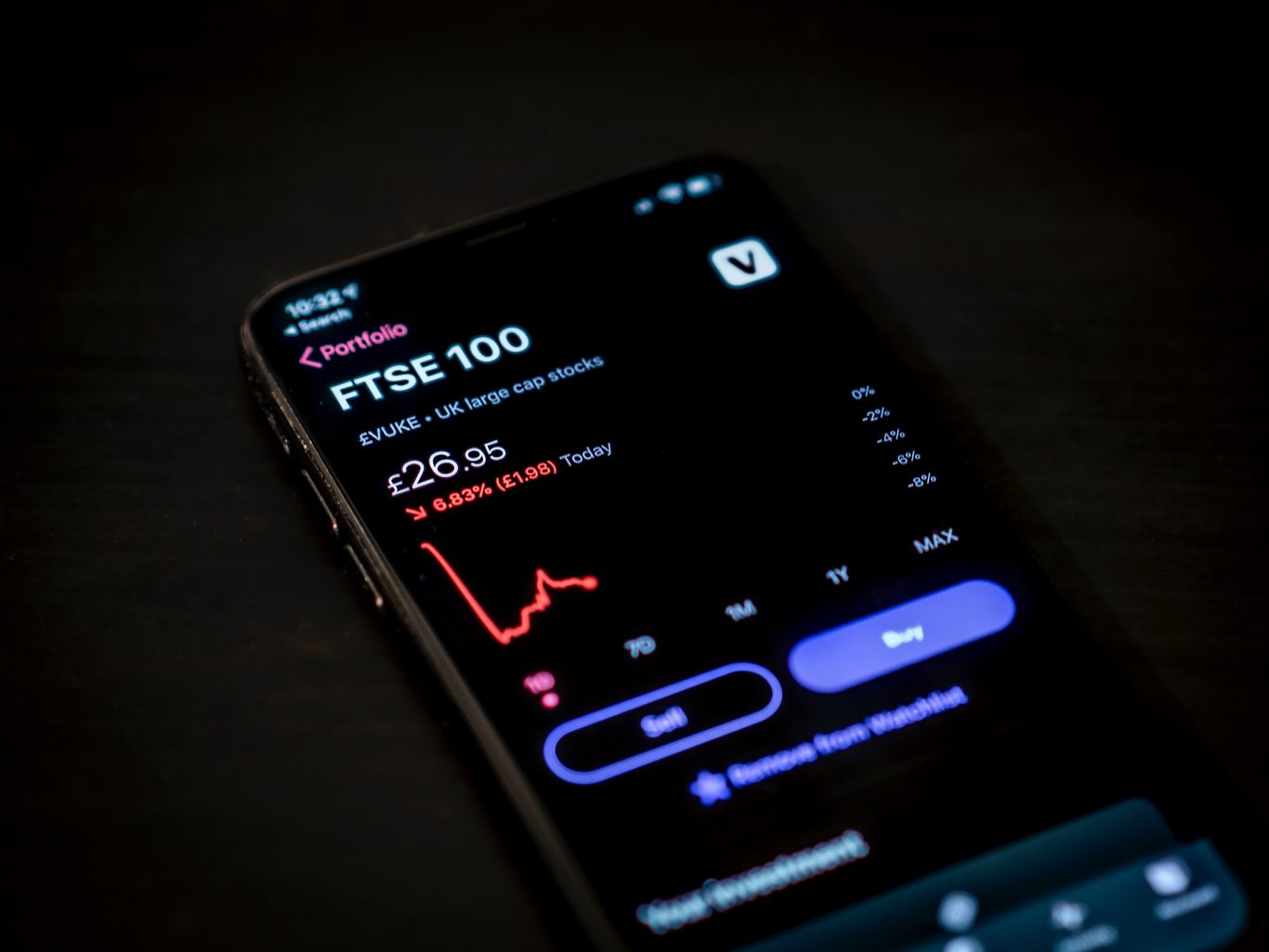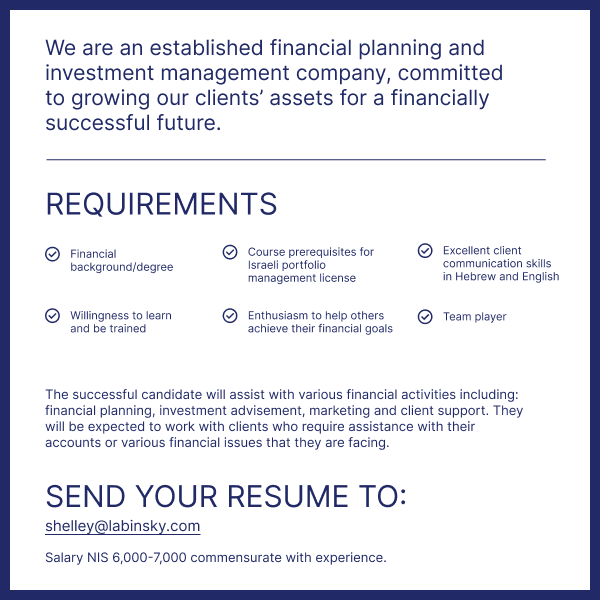It is not only the faint-hearted who have been suffering over the past number of months. For many unseasoned investors the stock markets’ fall has been a stark reminder that markets do not just go up in a straight line, year after year. It is never easy to watch the value of your savings drop week after week with no end in sight. The uncertainty of not knowing where the market is headed, can cause increased anxiety and lots of second guessing. Where are we now in the market cycle and what can we do?
We are in a bear market
No one is denying that the current drop in the markets has been dramatic. The market volatility has been largely caused by a combination of vastly different factors such as the harsh lockdown in China, Russia’s attack on Ukraine impacting on prices from oil to wheat, and of course the beginning of interest rate rises across the globe. A very significant upturn in inflation has also played a big part in the market adjustments.
Losses have been felt pretty much across the board, with tech stocks hit particularly hard as higher inflation and interest rate increases are combining to devalue future earnings and stock prices.
Nasdaq is officially in bear territory, with the other indices already there or very close. Naturally everyone wants to know where we are headed and how true the doom and gloom forecasts will be. Since the beginning of this millennium, we have had several market crashes with different recovery patterns. The most recent covid crash in 2020 was a very sharp V-shaped stock recovery that was incredibly difficult to predict. In contrast to that, in the early 2000s after the dot com technology implosion, we had a three-year bear market with little overall stock market growth for a decade. This period included the great financial recession of 2008 where there was a crash of 50 or 60 percent in many market indices followed by unprecedented market growth and prosperity for the next 13 years. Which type of market recovery or lack of one do we anticipate this time?
What if I told you that it is irrelevant which of these patterns (if any) our current situation follows? What if I told you that the best answer to all those people asking the question “what do we do now?” is … nothing.
Uncertainty causes people to get nervous and make poor decisions. Ironically, whereas often people are content to do nothing when the market is going up, in a market crash like we are currently experiencing most people have the knee jerk reaction to sell their securities, no matter how great the loss. And that is a catastrophic decision, that will almost certainly lead to irrecoverable losses. As a portfolio manager I view one of my most important roles to be preventing investors from making the disastrous mistake of pulling out of the market at exactly the wrong time – which is any time a decision is made on a whim instead of as part of a thoughtful long-term plan. What really matters is that you stay in the market in the long run and keep investing according to your plan, through all major market downturns, as that is the single most important consideration when creating long term wealth.
Studies have shown that if you are out of the market even for short critical periods of time you can miss most of the market gains over long periods of time. Market timing is incredibly difficult, and most seasoned investors will tell you that time in market is preferable to market timing. According to J P Morgan historically six of the ten best days in the market occur within two weeks of the ten worst days.
The average duration of a bear market is 1.4 years, compared with the average bull market’s 9.1 years. The average decline of a bear market is 41%, while the average gain of a bull market is 480%.
The goal of investing is to buy low and sell high. But by selling in down markets investors are doing exactly the opposite.
Investing in the markets is not for the fainthearted. If your portfolio is correctly structured to reflect your stage in life, needs and risk profile, and yet despite that you cannot handle the self-inflicted stress caused by keeping an unnecessarily close eye on your volatile investments, you should consider that maybe that form of investment is not ideal for your nature.
The key to a successful portfolio is ensuring that it is structured to reflect your needs, and as such is evaluated periodically and if necessary adjusted to meet your long-term goals and cashflow. If you only need your investments in the long term, do not pay attention to the hysteria and hype surrounding the markets’ fluctuations – financial writers need to have something to write about on a daily basis. As you come closer to the time you will need your funds, your portfolio can be adjusted as necessary in a prudent and incremental manner.
If you have your investment portfolio correctly structured you can ride out the crashes with confidence, maximizing the returns from your assets. Ignore the hype and you’ll enjoy your future. Behatzlacha!










Leave a Reply